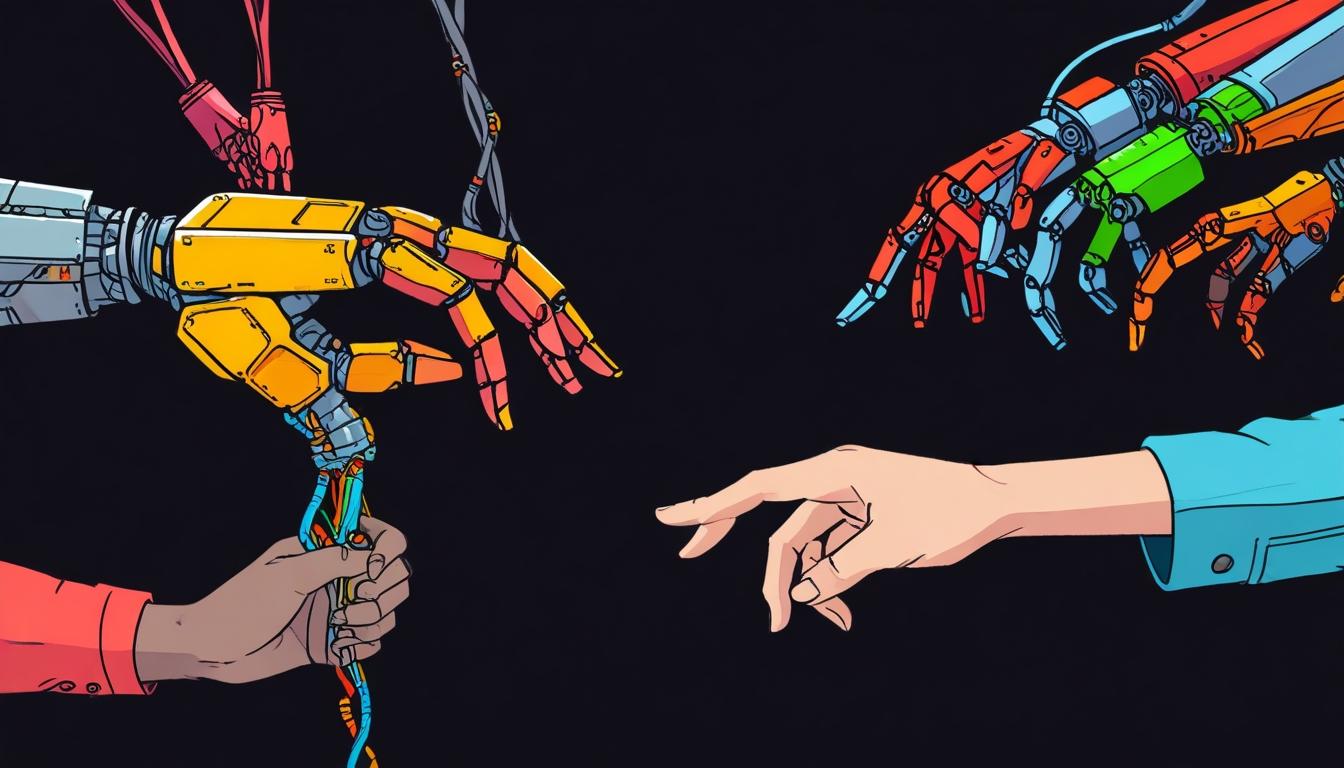CrowdStrike, the cybersecurity firm known for its pivotal role in frontline digital protection, has announced a significant workforce reduction, cutting 5% of its employees—approximately 500 positions—globally. This decision is largely attributed to the perceived efficiencies brought about by the integration of artificial intelligence within its operations. Chief Executive George Kurtz elaborated on the company's strategy, remarking that AI is transforming the landscape of multiple industries and reshaping customer demands. He stated, “We’re operating in a market and technology inflection point, with AI reshaping every industry, accelerating threats, and evolving customer needs.”
The announcement comes on the heels of mixed financial results. While CrowdStrike reported a revenue increase to US$1 billion in the fourth quarter of fiscal 2025, up 25% from the previous year, it also posted a notable loss of US$92 million during the same period. This financial turbulence has intensified the scrutiny of the layoffs, especially in light of the company’s previous mishap involving a faulty software update that led to a historic global IT outage, impacting over 8.5 million devices, including essential systems for hospitals and airports. The debacle forced Delta Air Lines to cancel around 7,000 flights and has resulted in ongoing litigation against CrowdStrike, further complicating its public relations landscape.
Industry analysts have voiced concerns regarding the motive behind such layoffs. Aaron McEwan of Gartner expressed skepticism towards claims of AI efficiencies coinciding with reduced revenue forecasts. He indicated that these layoffs might indicate underlying financial difficulties rather than a proactive shift toward innovation. "I think particularly in the tech sector … it’s a way of justifying a reduction in the workforce because [of] a financial issue," McEwan noted. He argues that despite significant investments in AI, productivity improvements have yet to manifest in full across the workforce, with fewer than half of employees in many companies integrating AI into their work.
The broader implications of these shifts in workforce management are echoed by experts like Toby Walsh from the University of New South Wales, who remarked on the insensitivity of CrowdStrike's announcement in light of its recent operational failure. “They would have been better redeploying this 5% of people to emergency response and bug fixing,” he suggested. Walsh predicts that such job reductions driven by AI will become increasingly common, reflecting trends from the first Industrial Revolution where technological advancement resulted in reduced workforce demands and increased corporate profit margins.
Further amplifying the conversation around job losses, Niusha Shafiabady, from the Australian Catholic University, highlighted the inevitability of AI-driven job replacements. “Unfortunately, a lot of people will lose their traditional jobs to AI and technology,” she stated, accentuating the tough reality businesses face as they contemplate operational efficiency versus employee retention.
According to a World Economic Forum report, nearly 23% of jobs globally are set to change in the next five years due to AI and structural economic trends, with a projected loss of 83 million jobs outweighing the anticipated creation of 69 million new roles. This alarming forecast raises questions about the long-term sustainability of job markets as technology continues to evolve.
Despite the current narrative, CrowdStrike intends to remain optimistic about its financial future, reaffirming revenue projections for fiscal 2026. The company expects to incur costs of up to US$53 million due to the layoffs, with part of this impacting its immediate financial reporting. While the firm aims to emerge more resilient, the ongoing litigation regarding the previous year’s IT outage continues to shadow its efforts, reflecting a challenging landscape for the cybersecurity firm as it navigates financial recovery and technological advancement amidst an uncertain job market.
Reference Map:
- Paragraphs 1, 3, 4, 7
- Paragraph 3
- Paragraphs 1, 4, 5, 6
- Paragraph 3
- Paragraph 3
- Paragraph 3
- Paragraph 3
Source: Noah Wire Services
